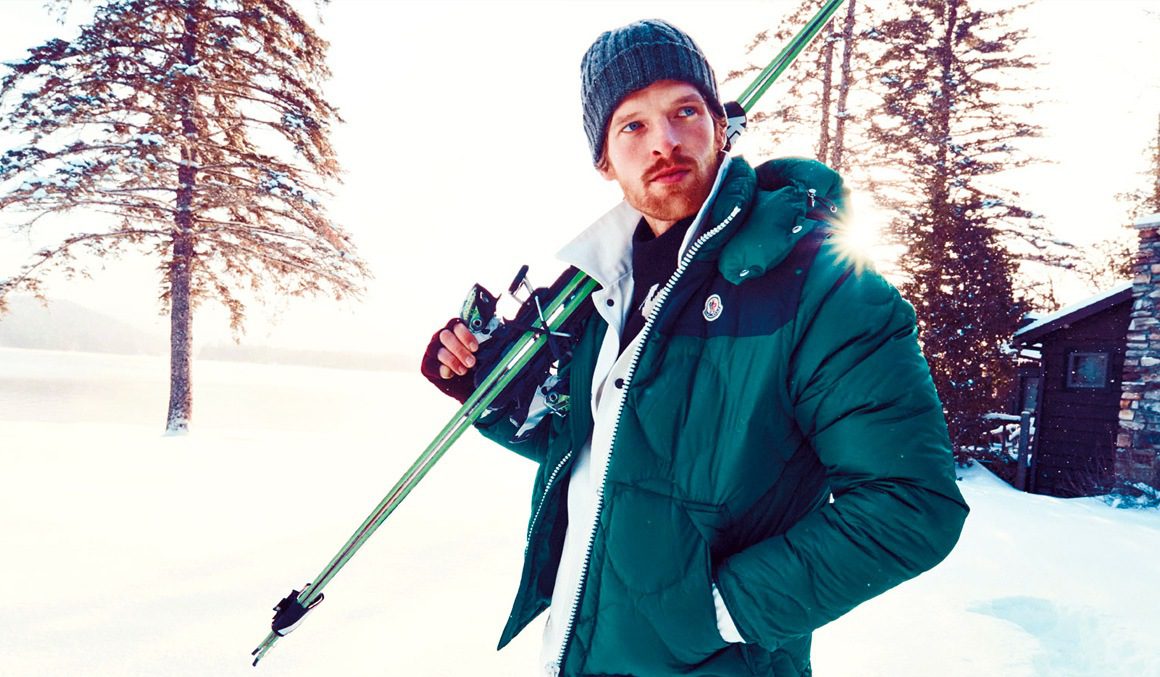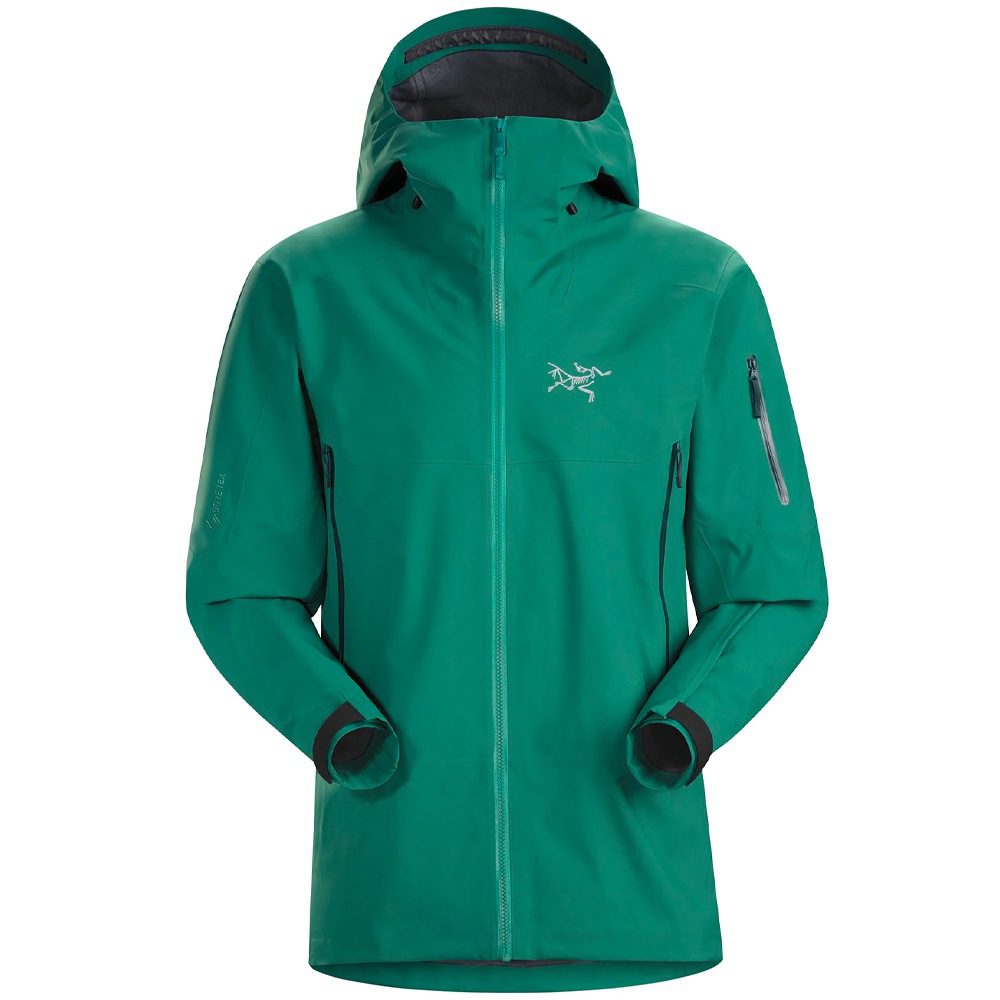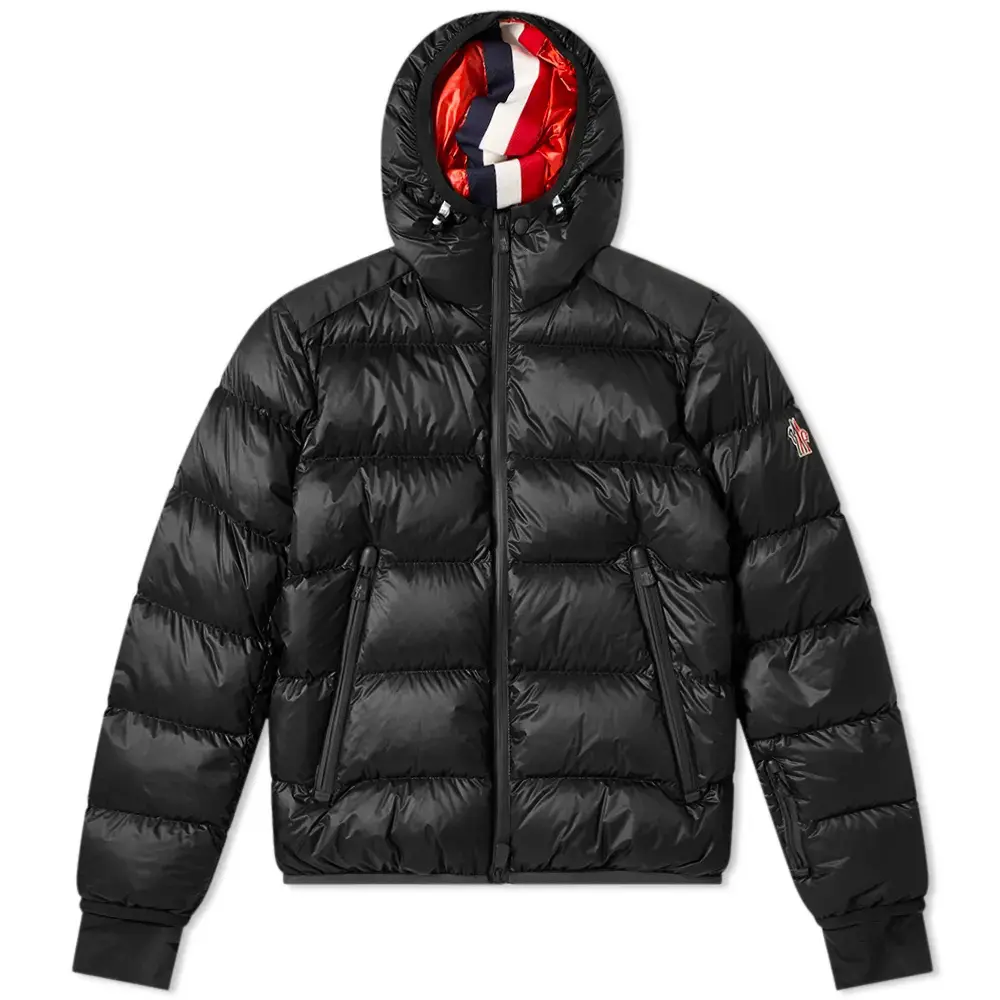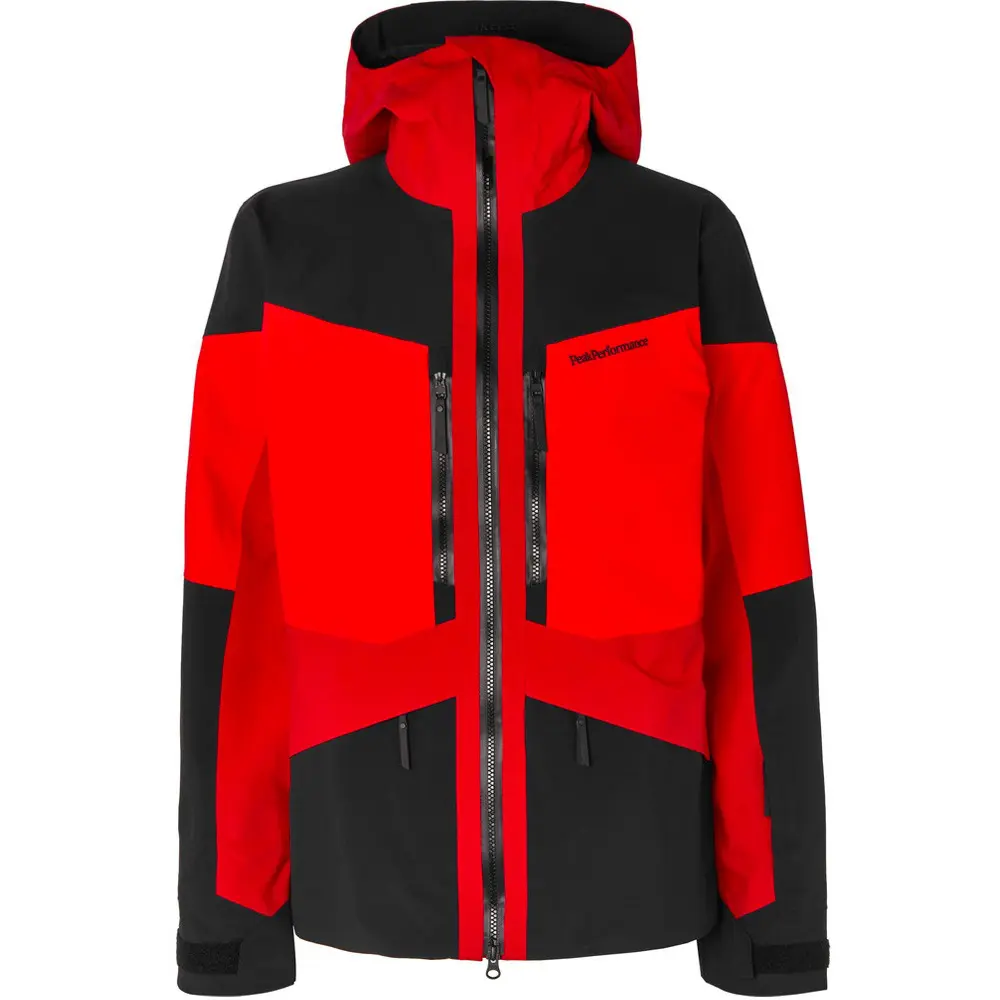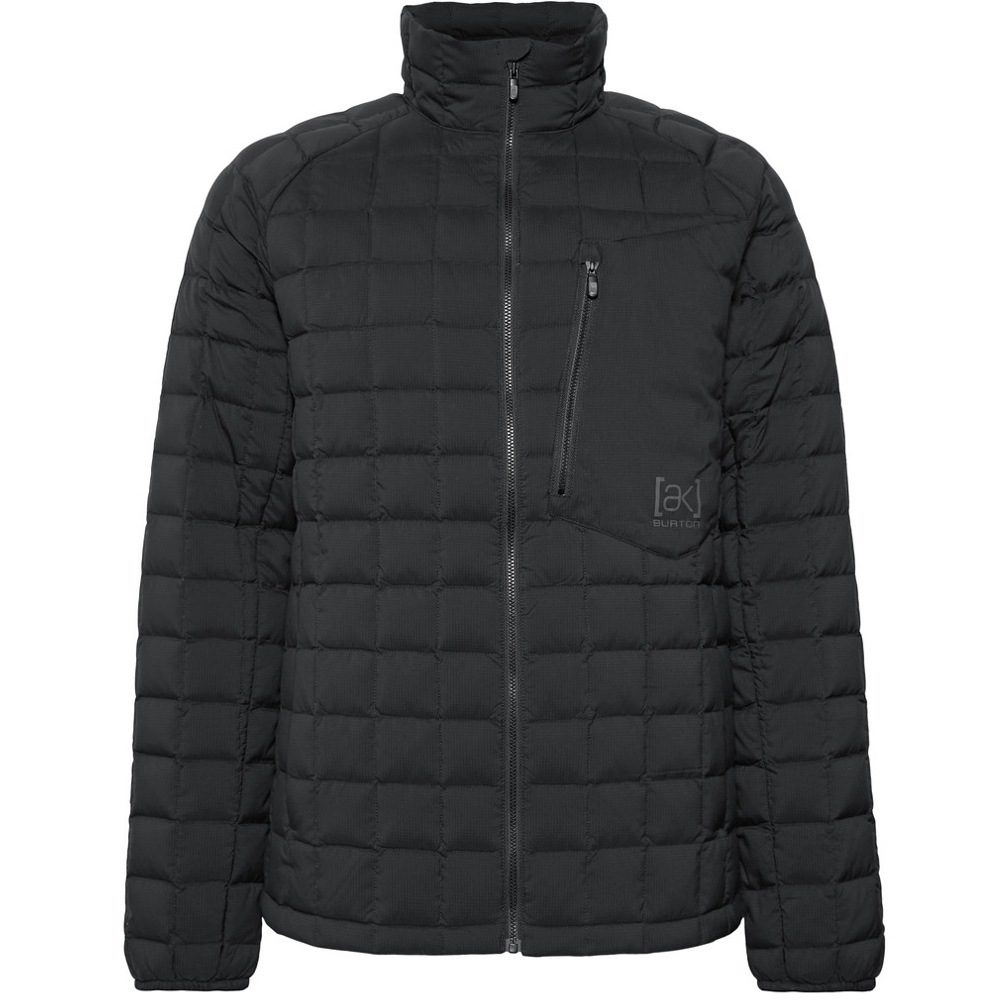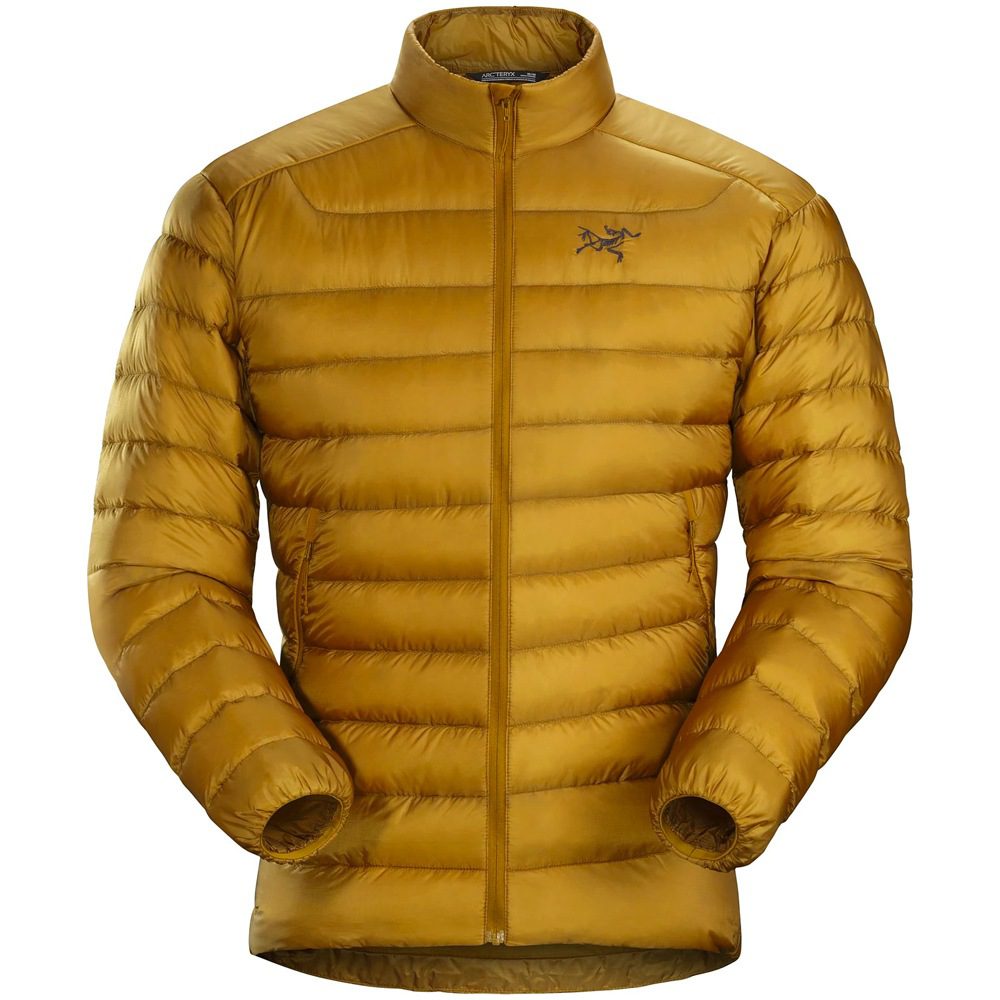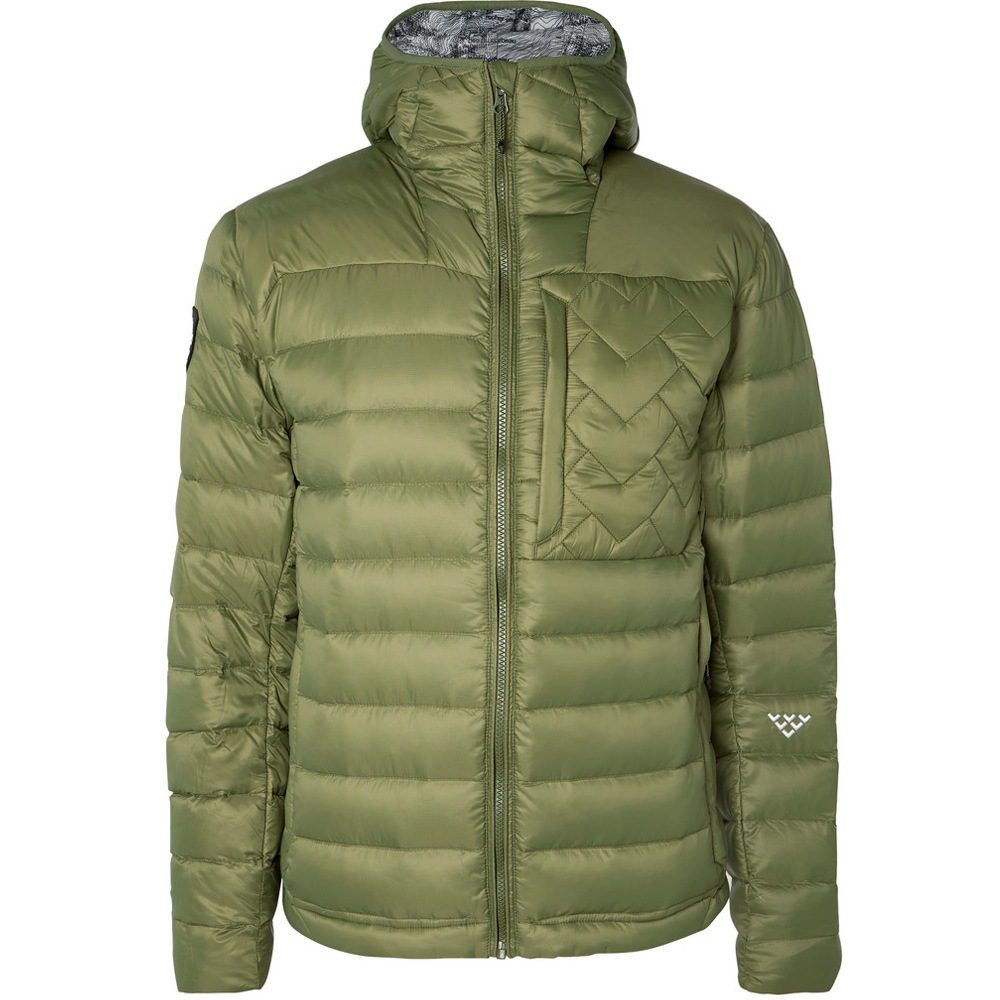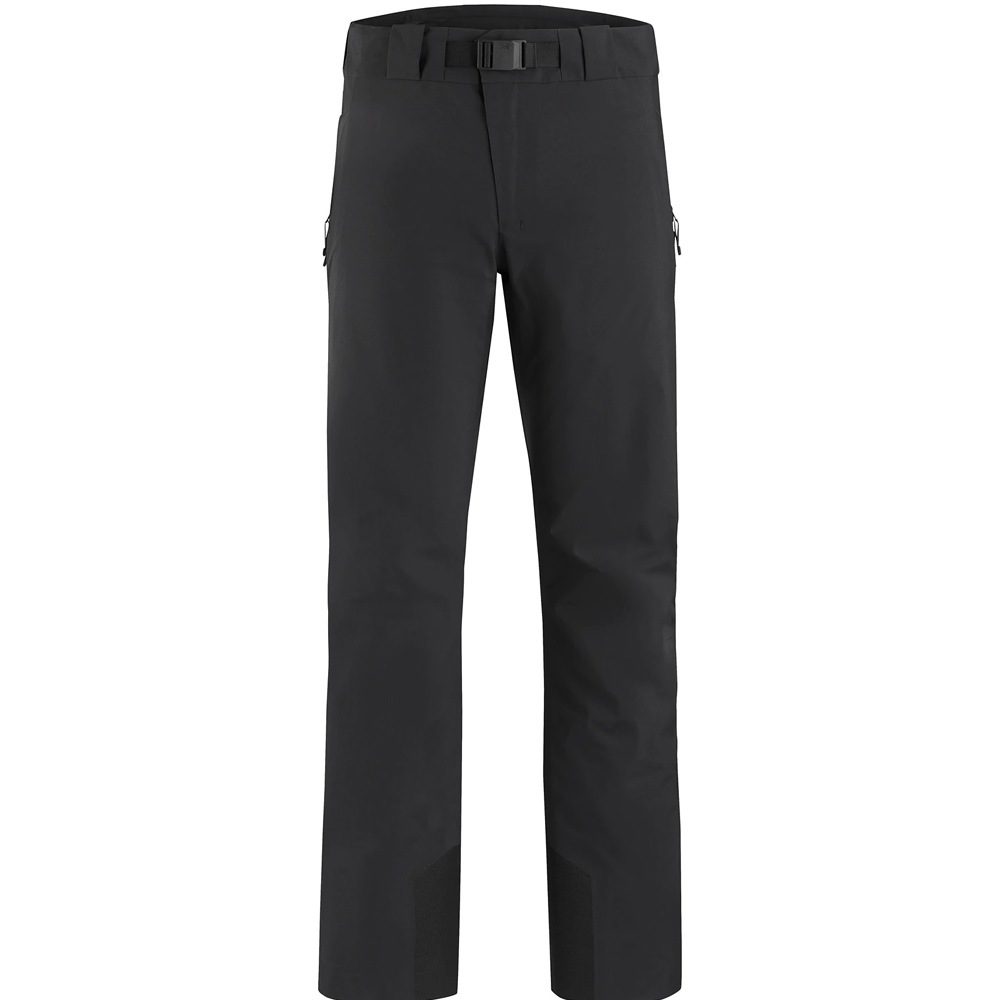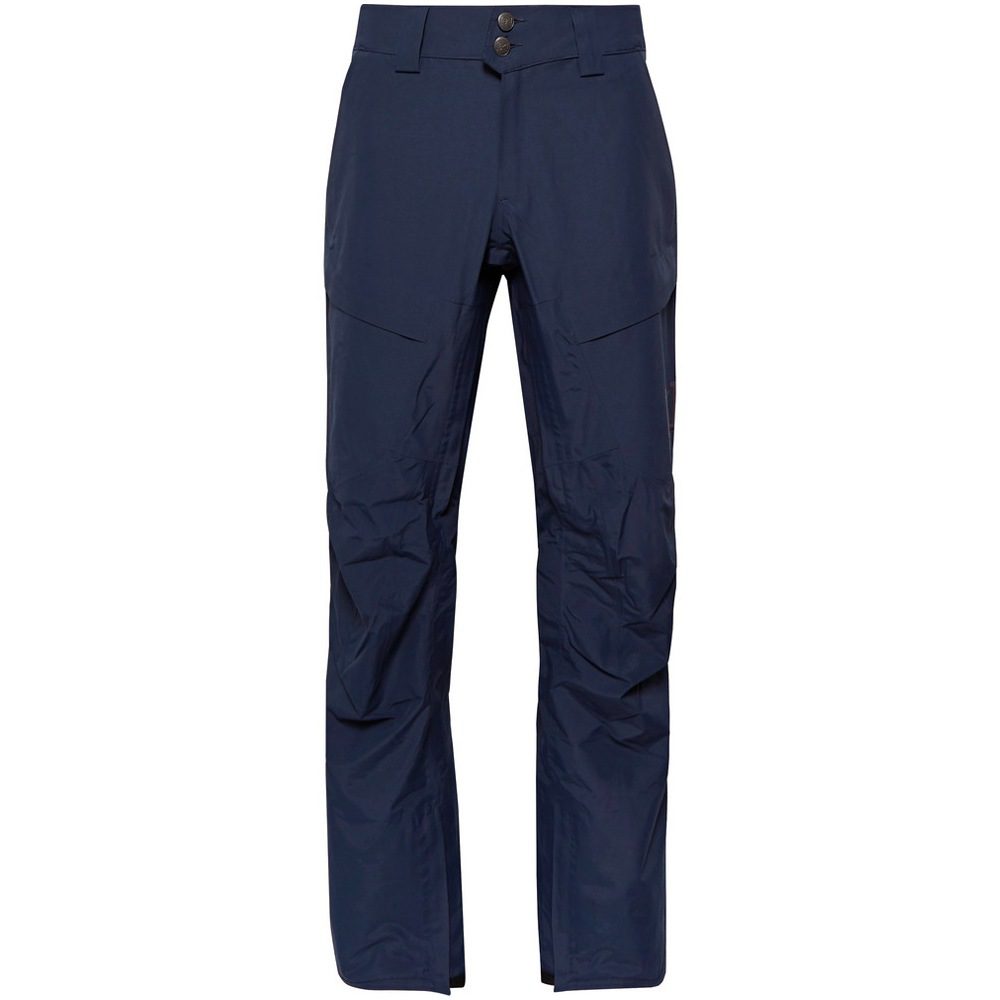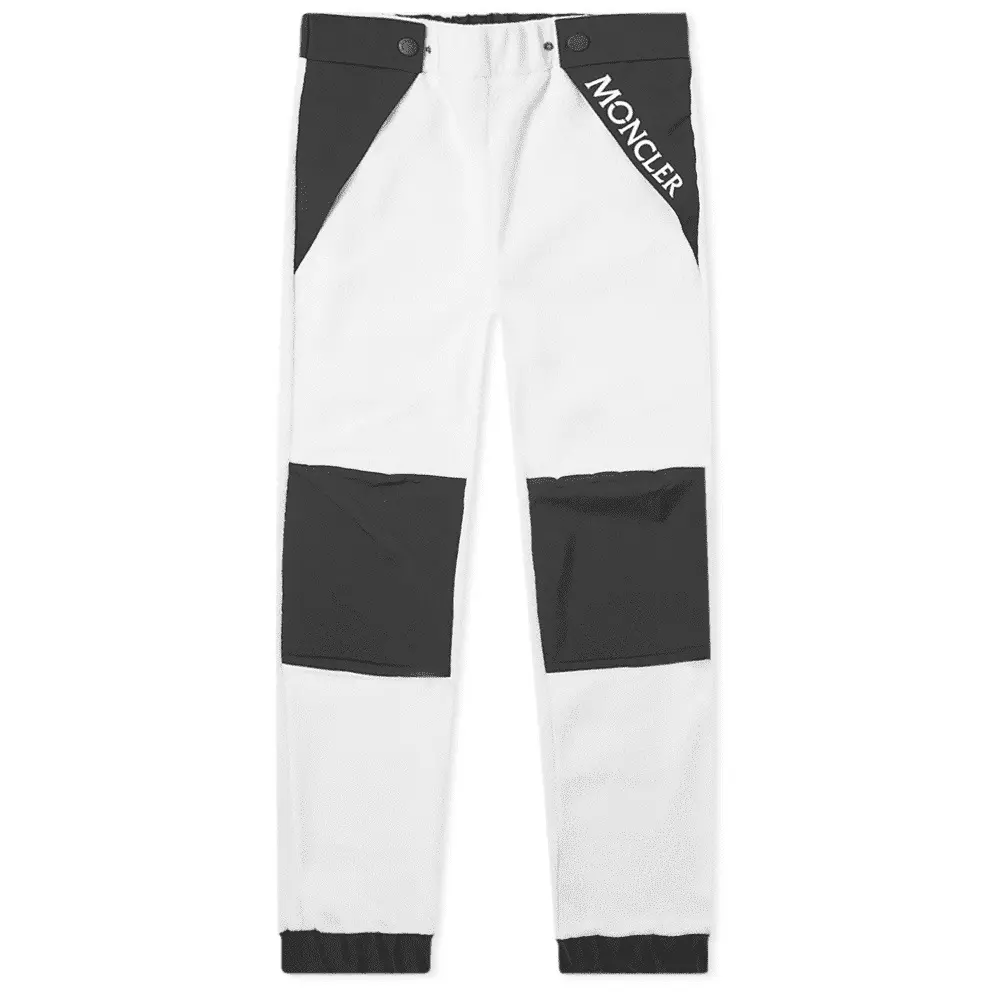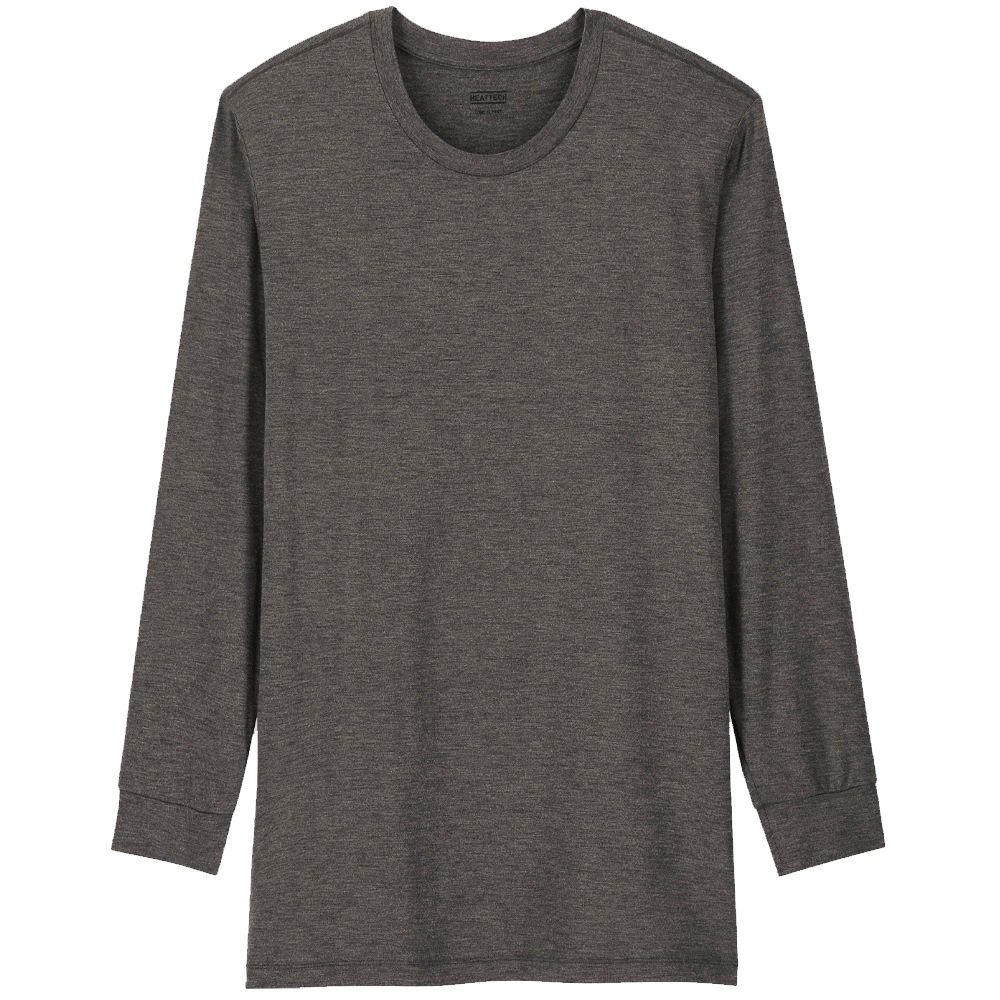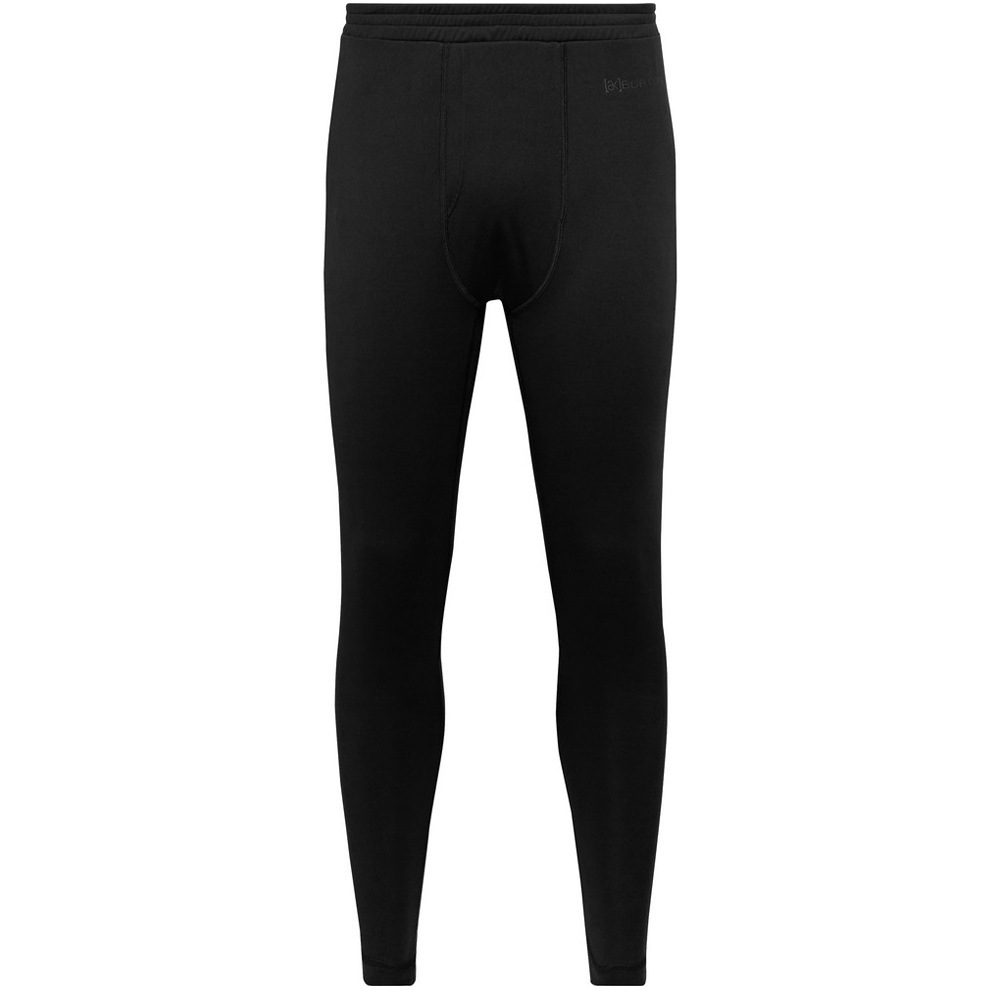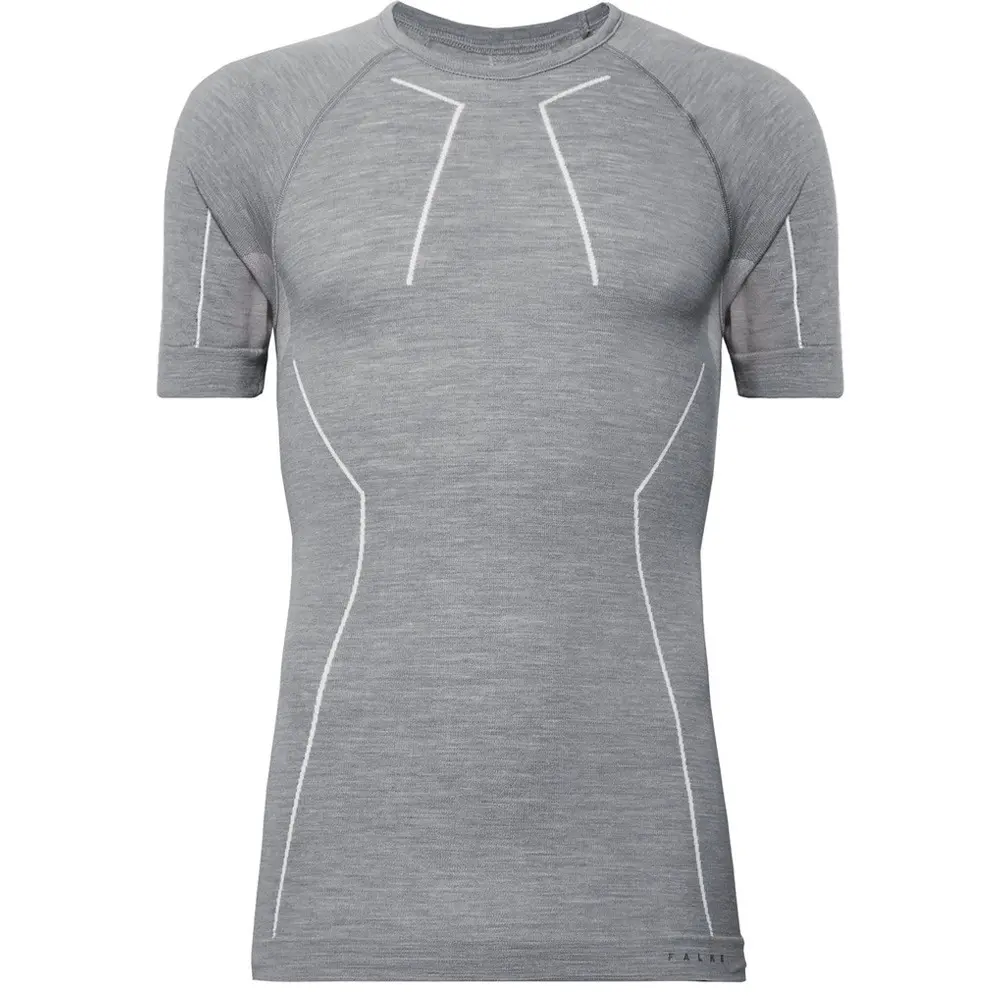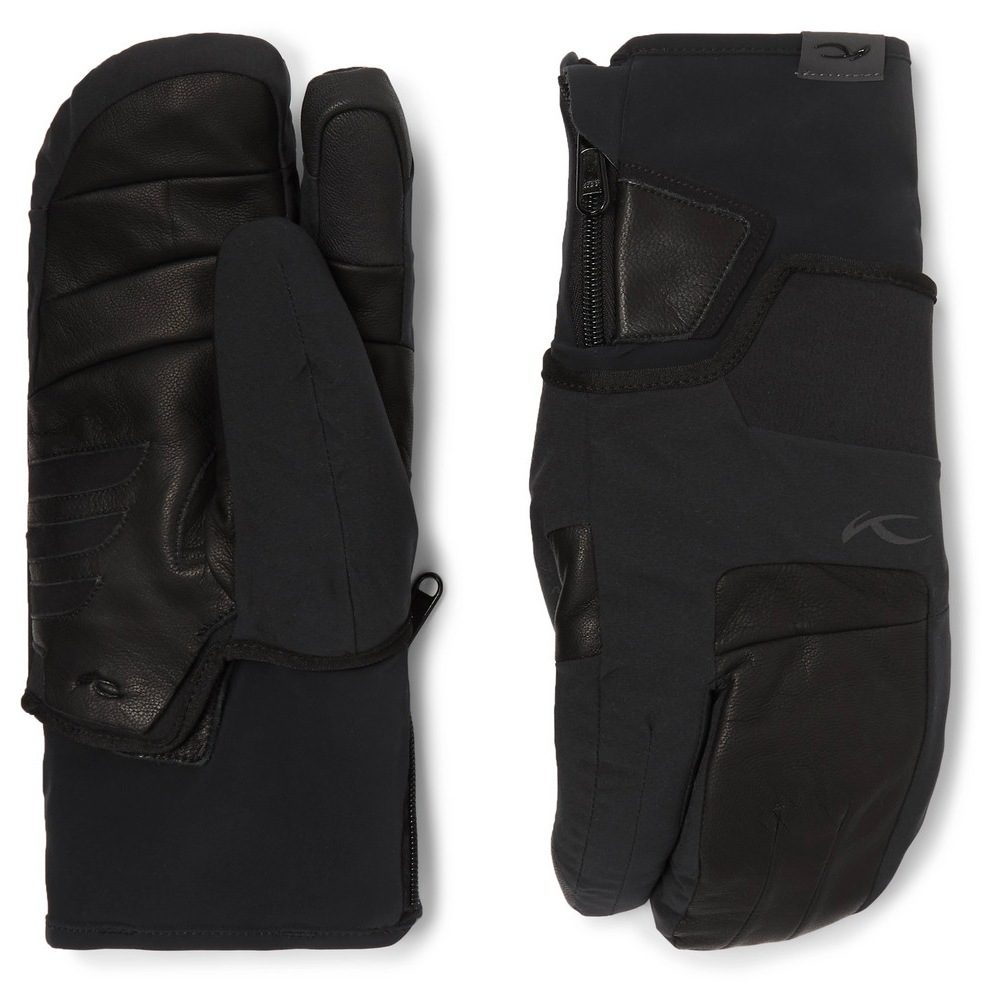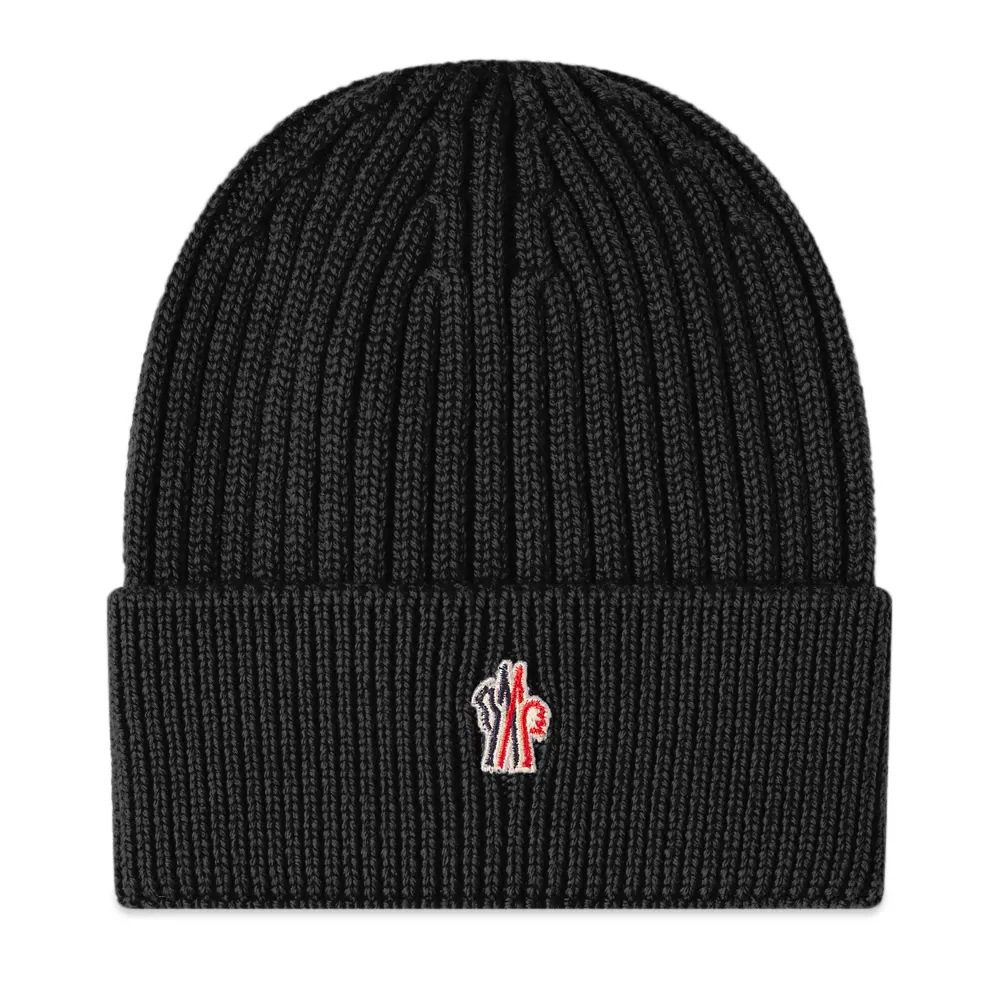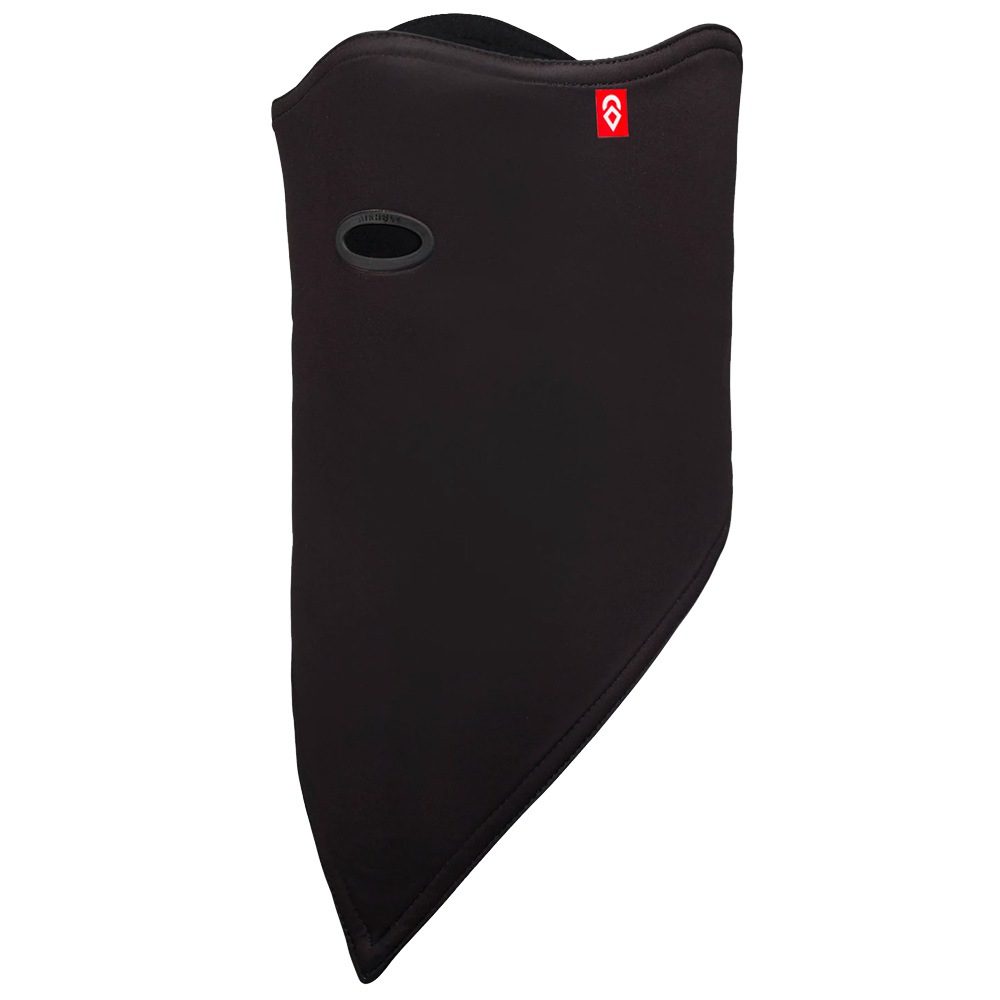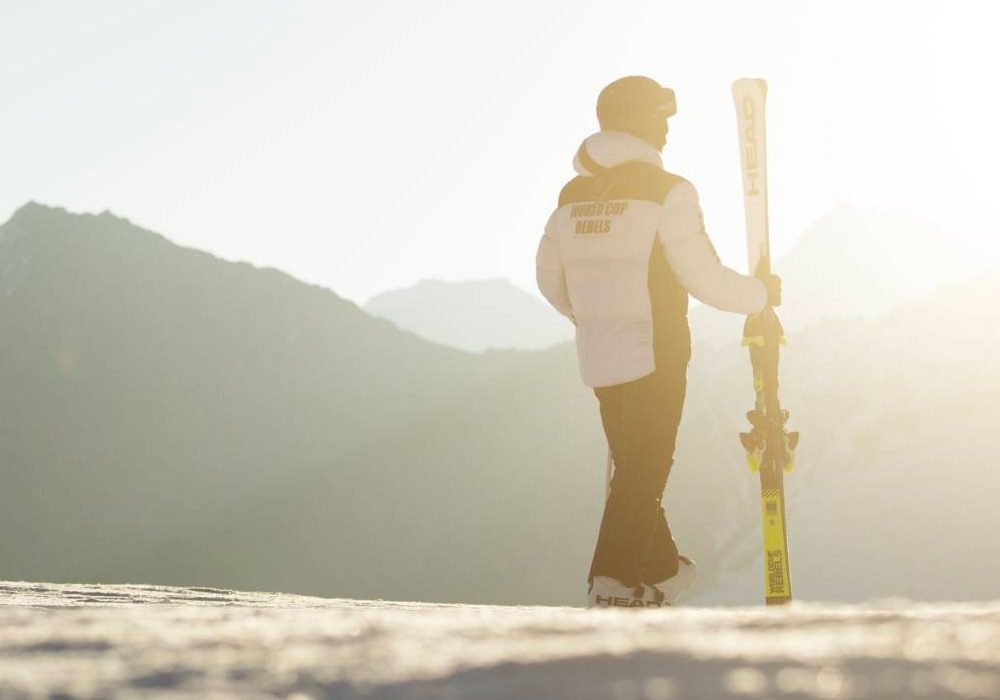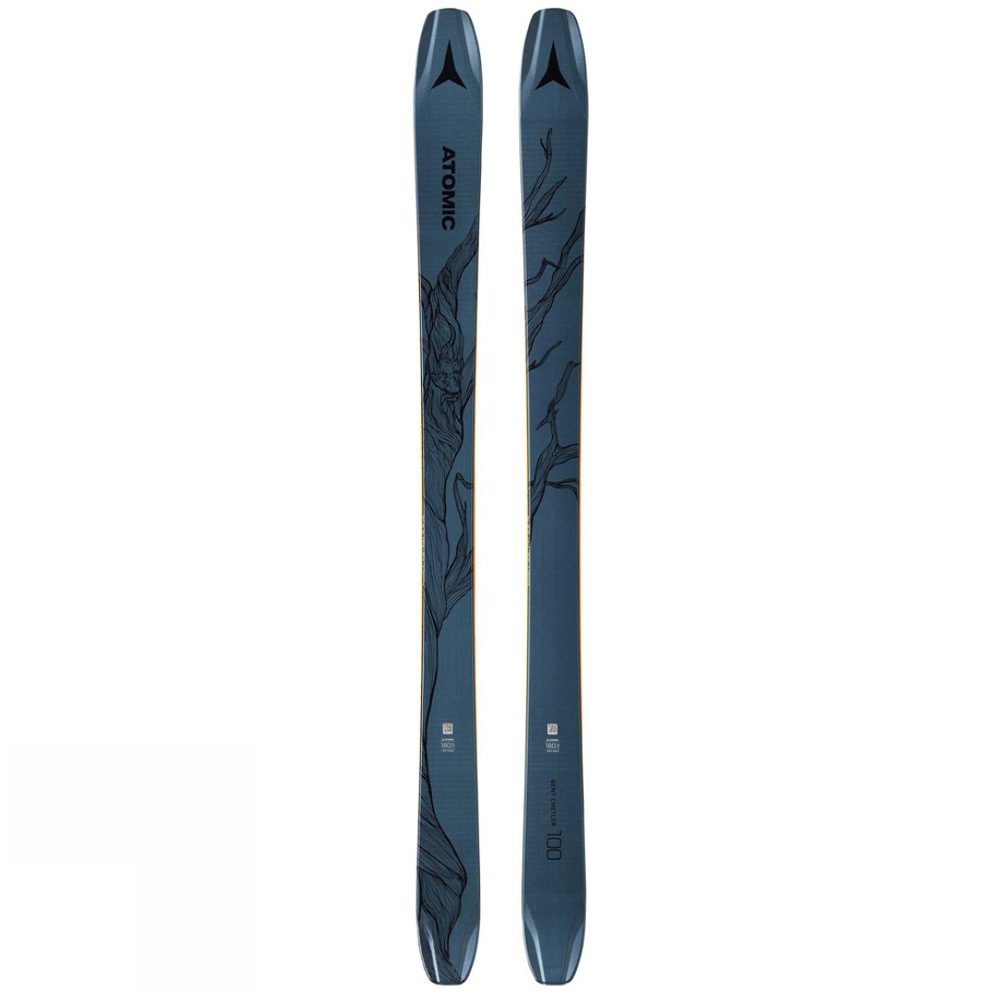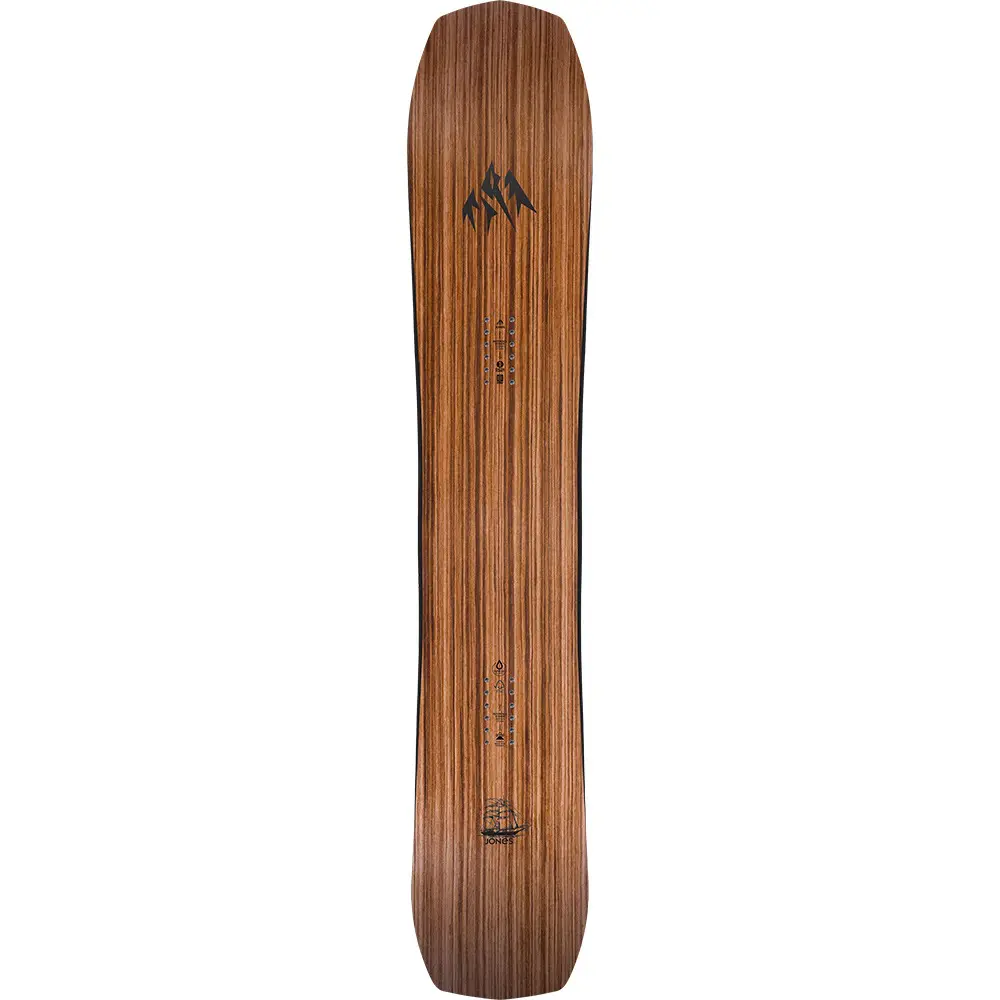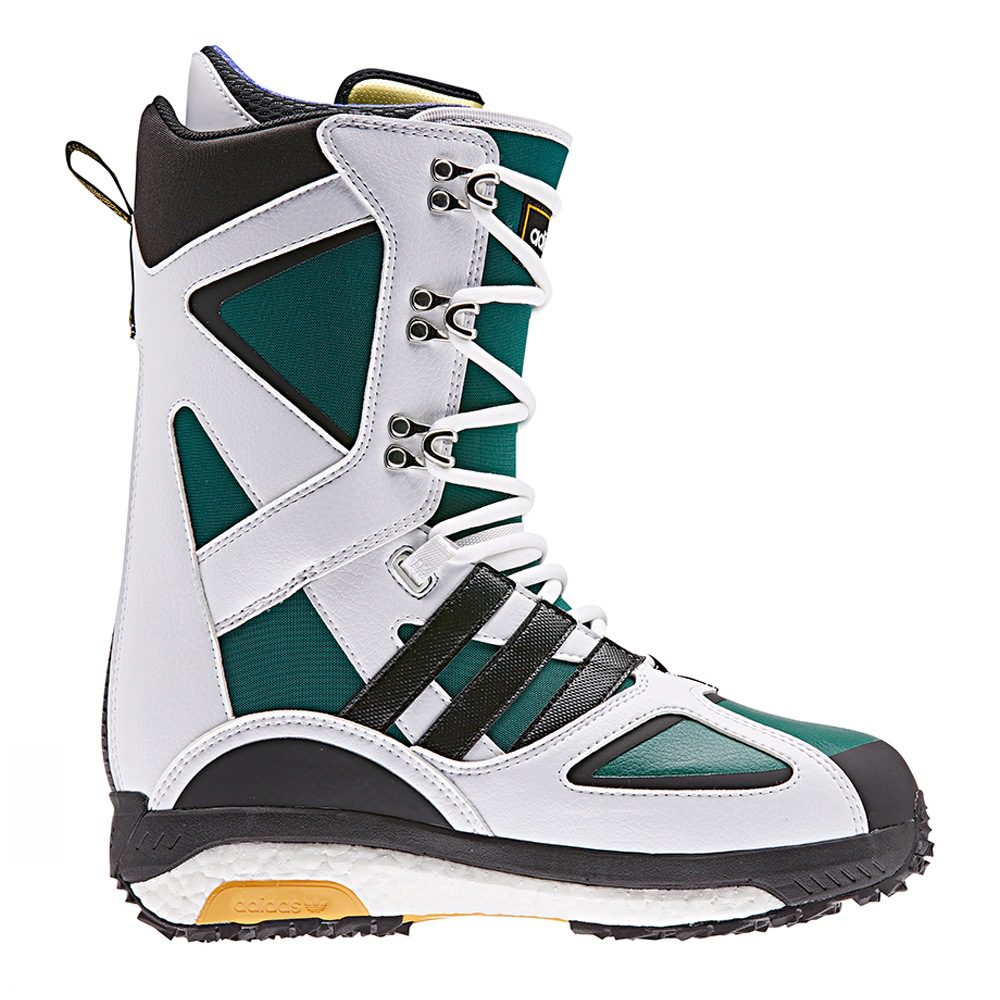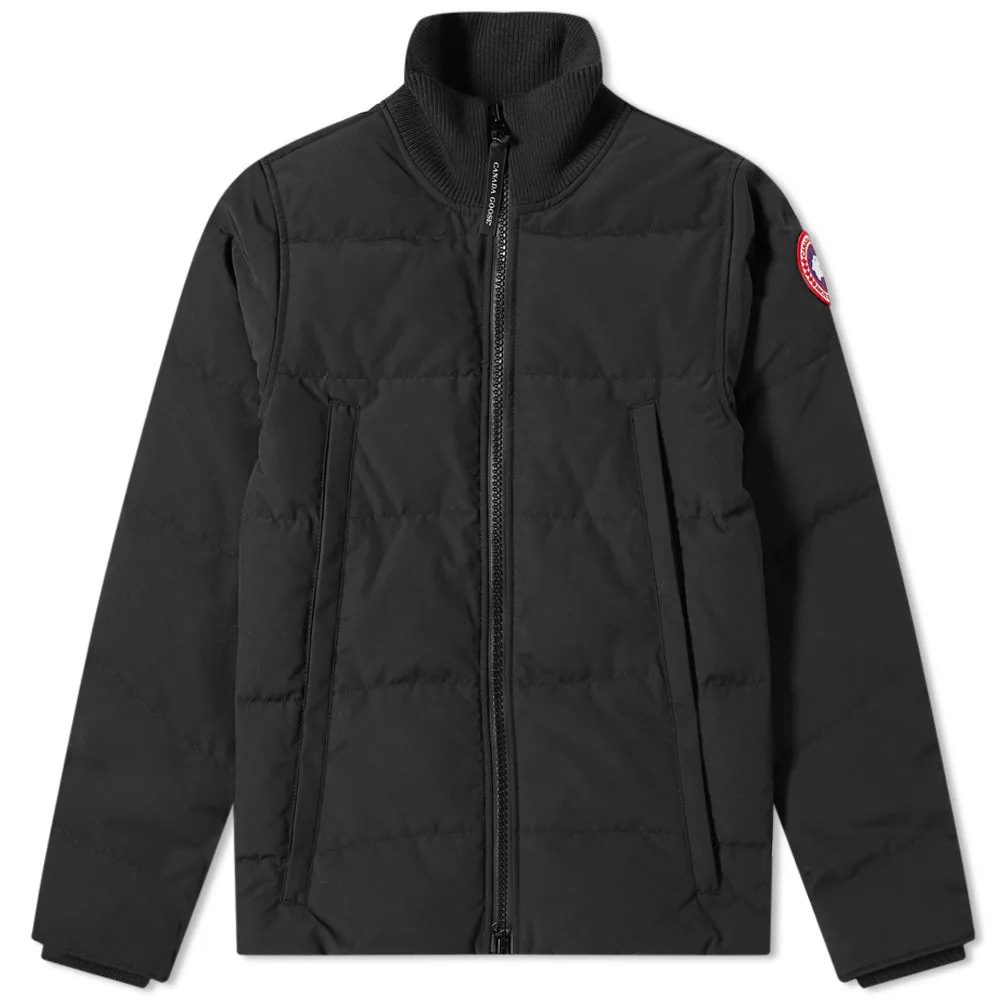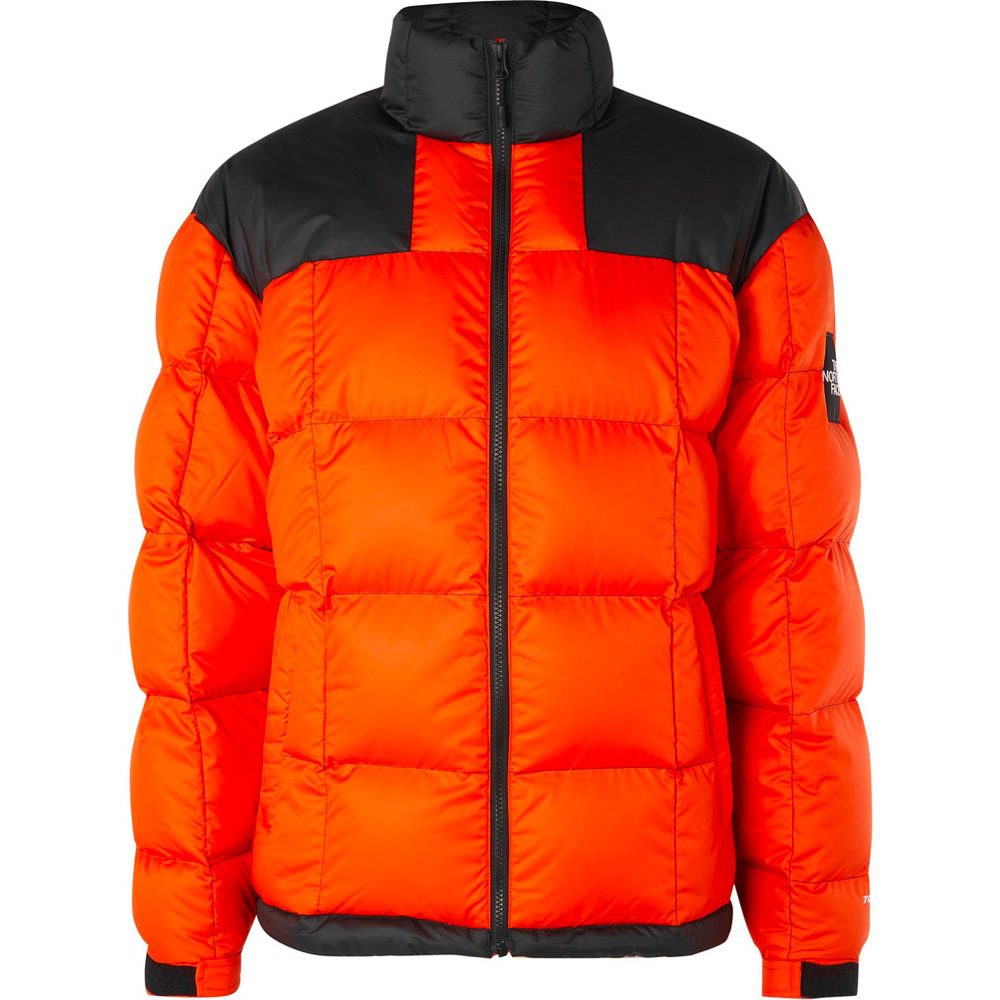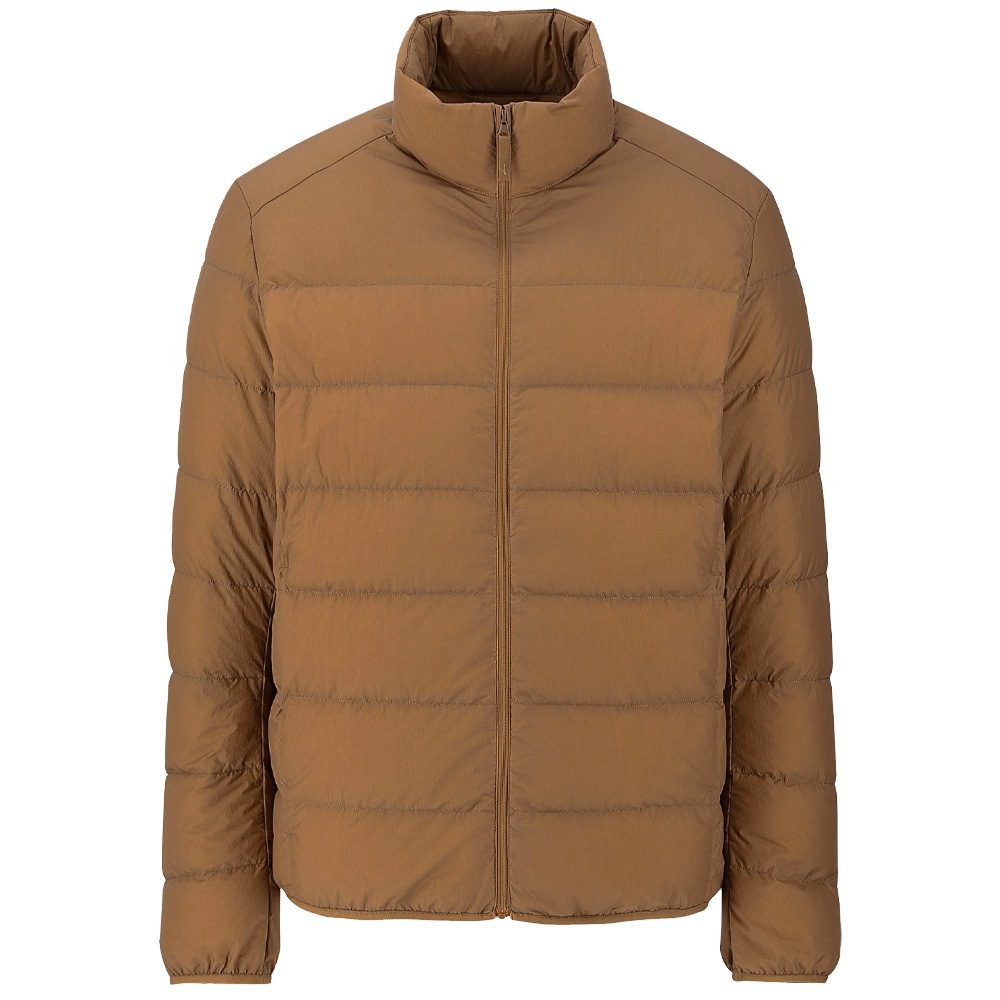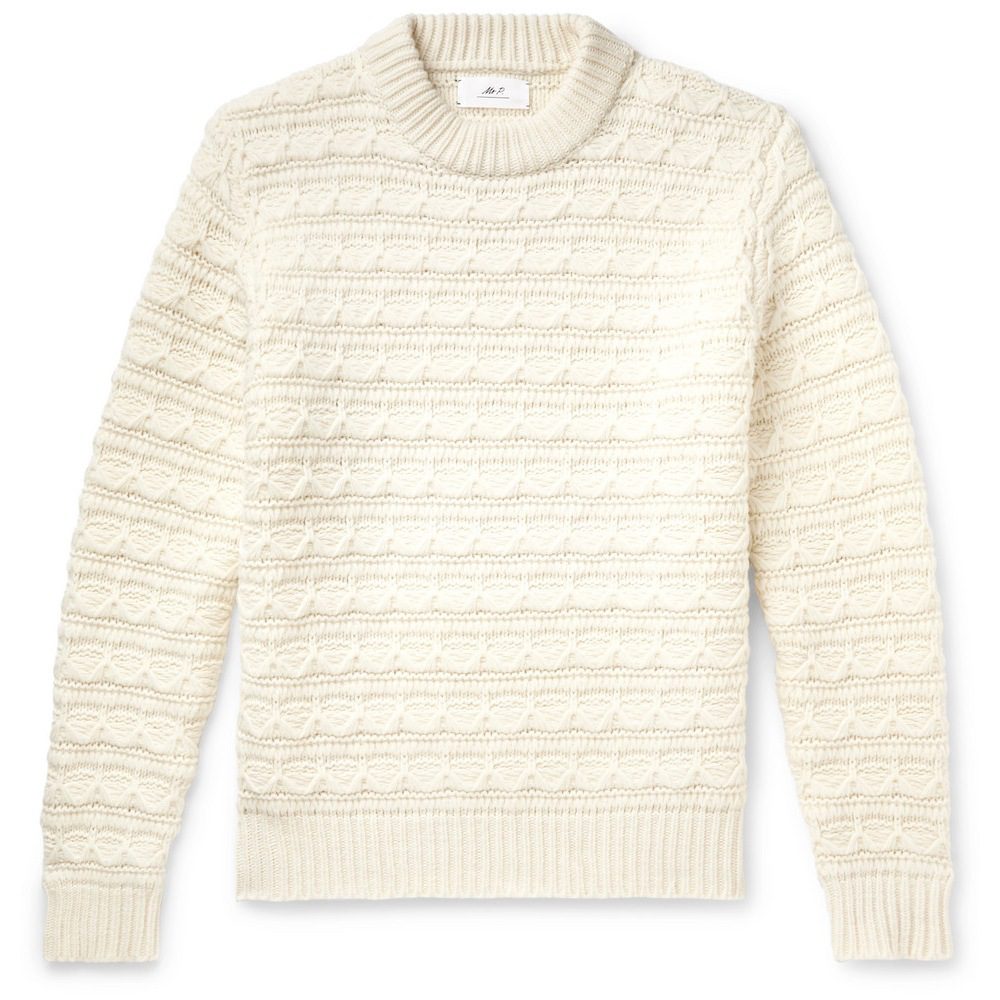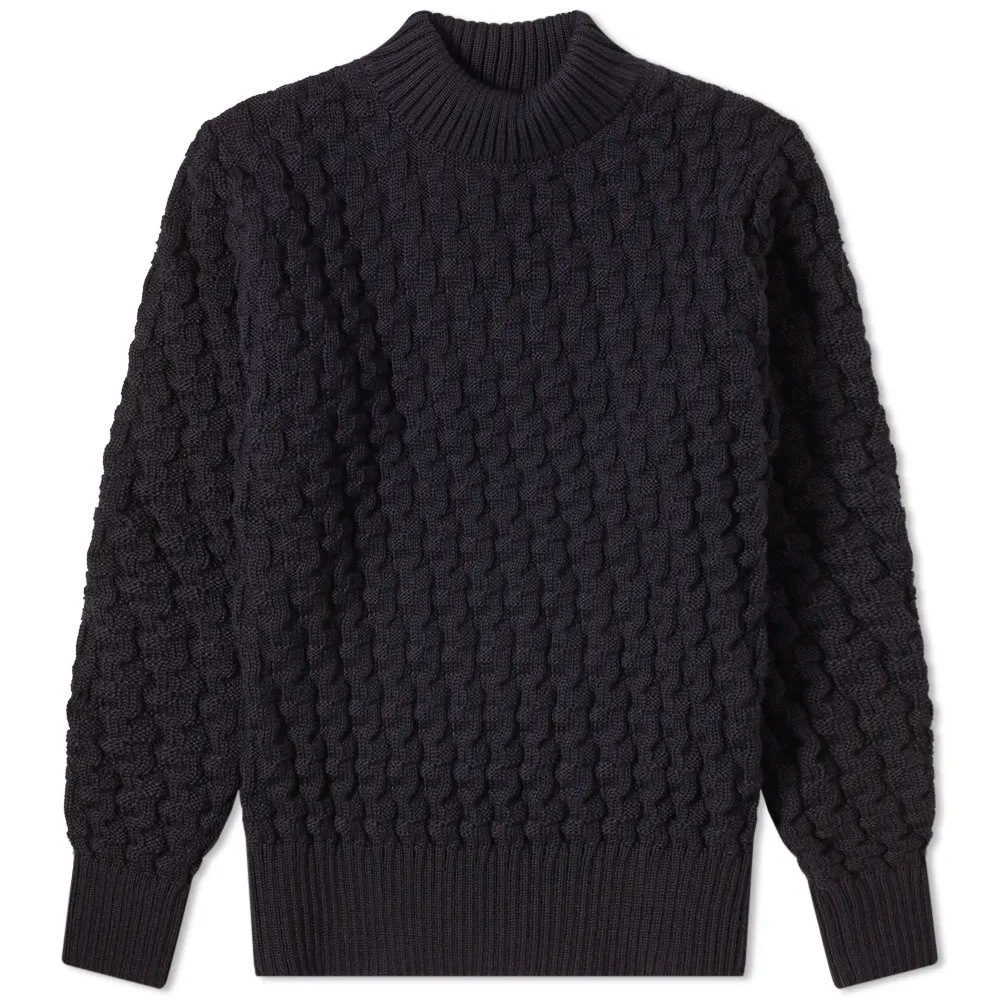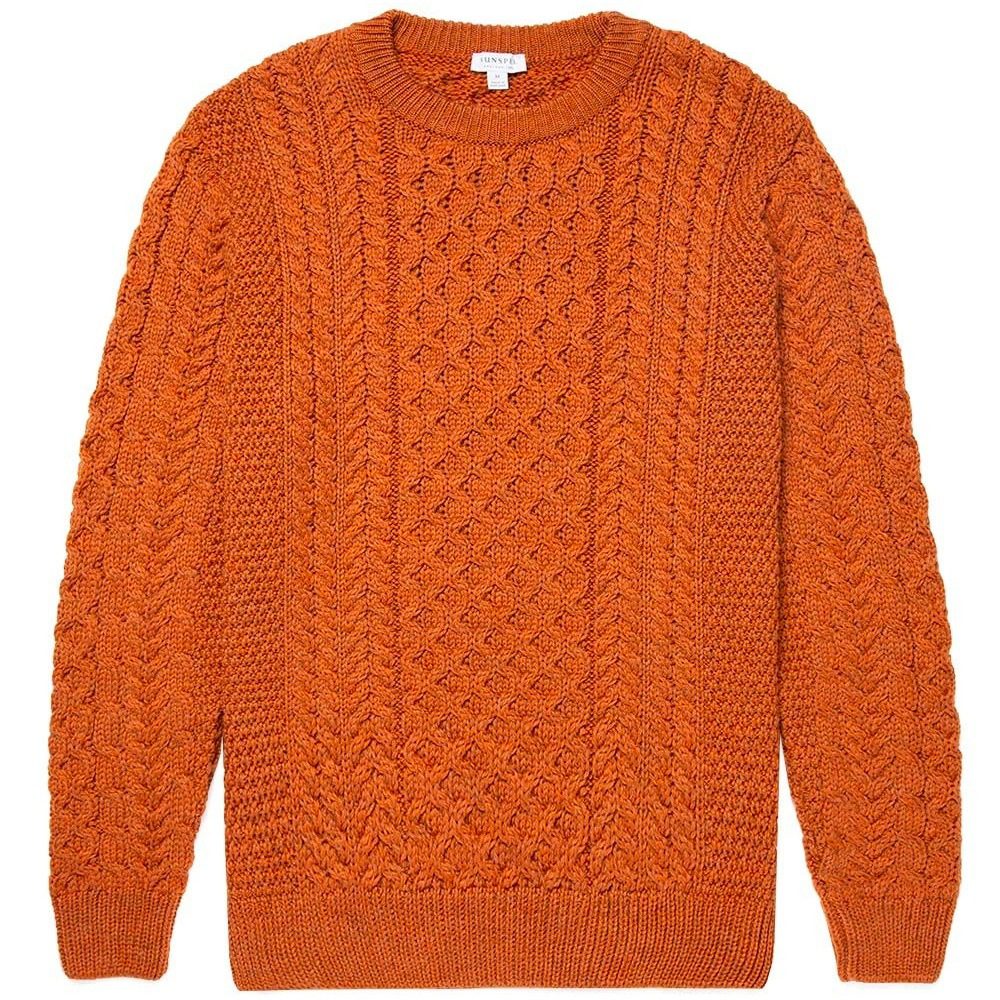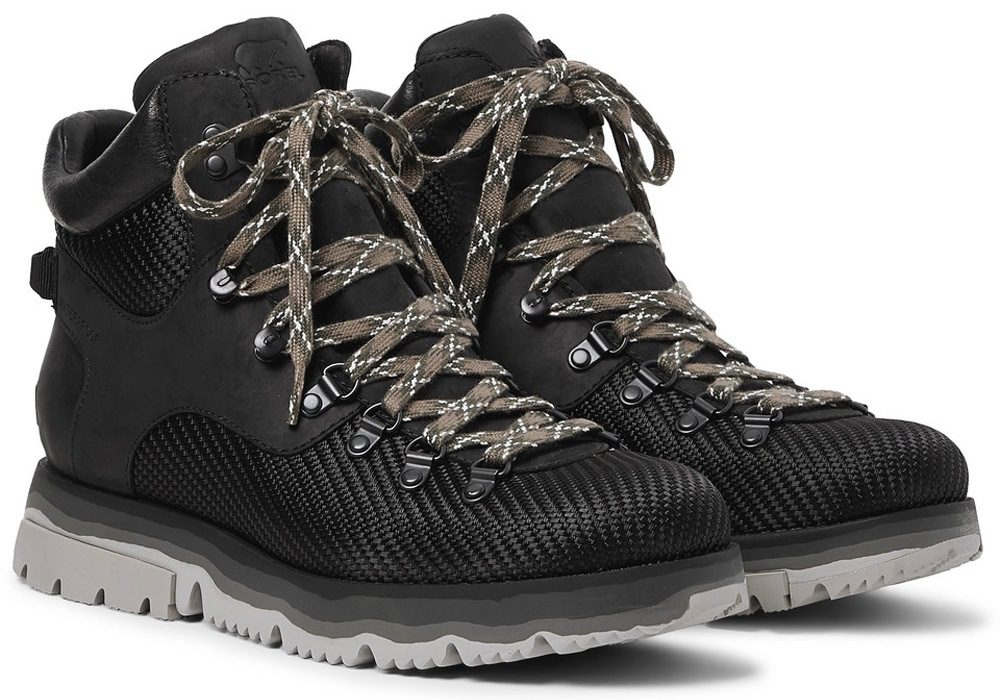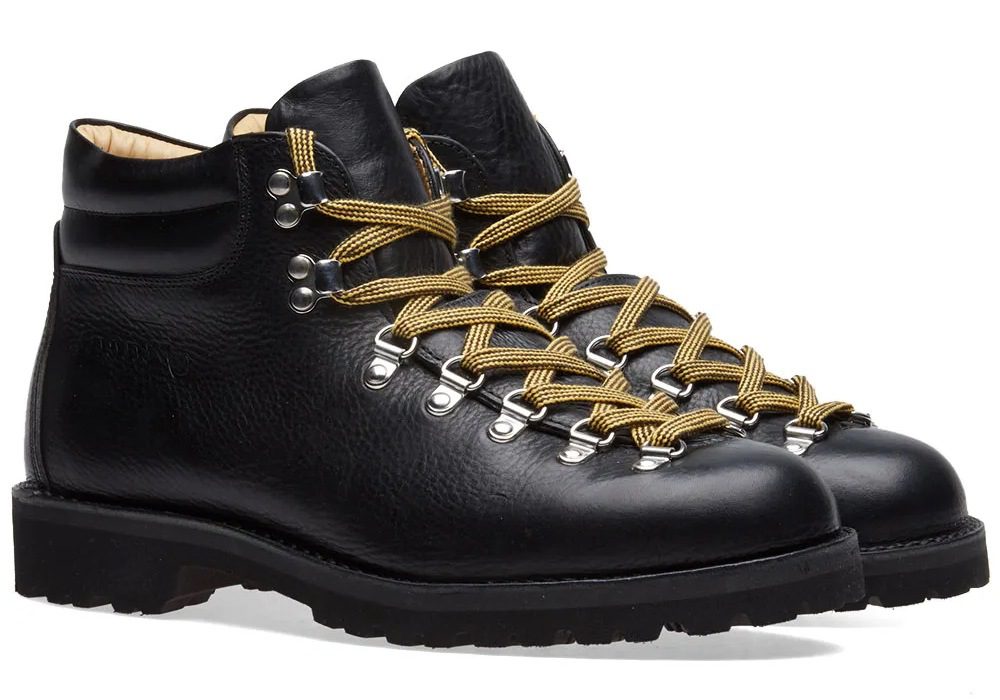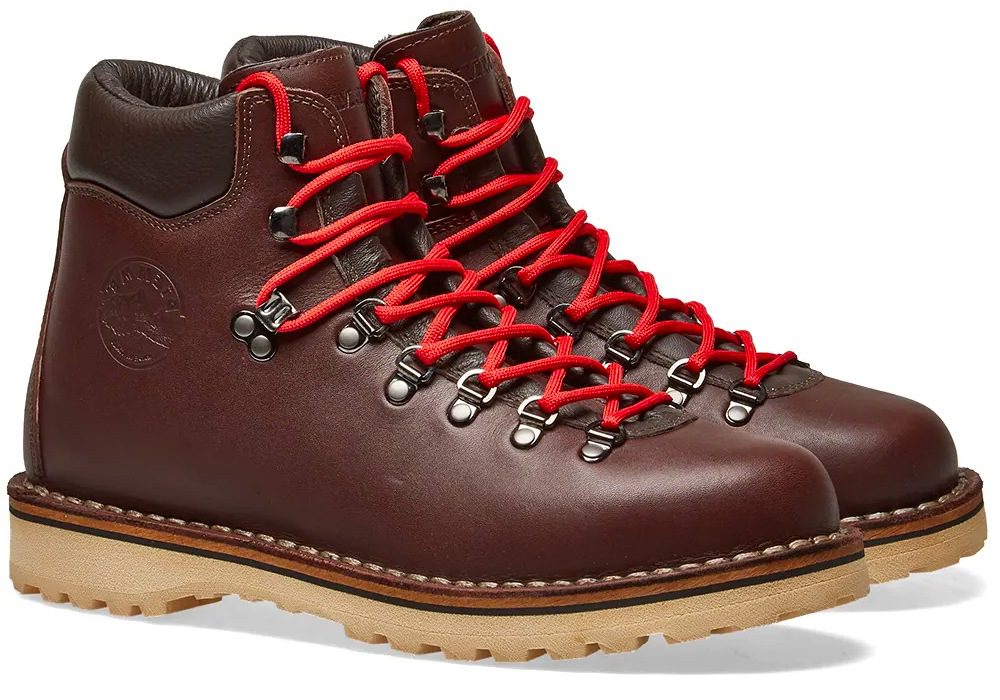Snow Sartorialist: Everything You Need To Hit The Slopes In Style
With the ski and snowboard season kicking off all over the northern hemisphere, we’d imagine the Ape team aren’t the only people sitting at their desks dreaming of fresh powder and après pints right now. Whether you’re a seasoned shredder or a chairlift-exit pileup waiting to happen, the call of the mountains is strong at this time of year. If you’re going to succumb to it, though, you’ll need to make sure you’re suitably kitted out.
For those making their first foray into snowsports, the seemingly endless list of gear and gadgets available can be a little daunting. What should you buy? What should you hire? What’s just taking up unnecessary room in your already overstuffed luggage?
In an attempt to address these questions and more, we’ve compiled a core list of the gear you should be armed with, along with some tips on how to get the most bang for your buck.
On The Slopes
Whether you’re carving it up backcountry style or sliding down groomers on your backside, having the right kit is going to make your time on the mountain a lot more enjoyable. From what’s strapped to your feet to what’s keeping you warm, here’s everything you need when hitting the slopes.
The Garb
Jacket
When it comes to ski and snowboard attire, a good outer layer should be the first thing on your shopping list. It’s your ticket to staying dry warm and comfortable, and, of course, is fundamental to your look.
Depending on what sort of activity you’re doing, the best type of jacket for your needs will vary. Casual skiers or snowboarders in very cold climates may want to consider something insulated, either down or synthetic, while technical riders should aim for something fitted and close to the body to minimise drag. For the vast majority, however, the key is to pick a good purpose-built hardshell and combine it with layers which can be removed as you warm up throughout the day.
In terms of features, always look for something that has a powder skirt to keep loose snow out, a sleeve pocket for your lift pass, a hood, and a waterproof rating of somewhere between 10,000 and 40,000mm.
Mid Layer
The kids in the snowpark might be happy enough flying around in nothing but a flannel shirt and snow pants to protect them from the elements, but the rest of us need something a little more substantial. The importance of a good mid layer can’t be overemphasised. It’ll keep you warm under your main jacket on colder days and can even be used around town as a standalone piece if you pick something that looks the part.
The temptation here is to go for down but just be wary that it has a tendency to lose its loft when wet. That means that if you’re working up a sweat it could perform poorly.
What some brands, such as Arc’teryx, have done to combat this is use synthetic insulation in areas that are likely to be exposed to moisture, and down everywhere else. Otherwise, opt for something with purely synthetic insulation. That way it’ll trap your body heat even when damp.
Pants
If you’re just starting out, you’re going to be spending a lot of time on your backside and your knees. Conversely, if you’re an advanced skier or snowboarder, you’re going to want to go and play in the powder off piste. Either way, your trousers are going to be getting wet, so leave the jeans in the chalet and wear something that’s up to the task instead.
The main choice you’re faced with is whether to buy a bib (over the shoulders like a set of dungarees) or pants. A bib is a bit more cumbersome and going to the bathroom can be an ordeal, but if you don’t like the idea of getting snow down your trousers then it might be your best option. Pants, on the other hand, allow for greater freedom of movement but if you take a big spill you could be spending the rest of your day in soggy underwear.
Again, check the waterproof rating and make sure it comes in at somewhere between 10,000 and 40,000mm to keep you warm and dry. You can’t go wrong with Gore-Tex, although it will drive the price up a little.
Thermals
You can have the fanciest jacket, pants and mid-layer money can buy, but if what’s underneath them isn’t up to scratch it’ll all be in vain. Where staying warm is concerned, high-quality base layers are the most important tool you have at your disposal.
It’s cold up there, but it won’t be long until you work up a sweat. For this reason, it’s essential to select base layers than are moisture-wicking and don’t just soak it all up, making them wet and heavy. Unfortunately, that means anything thick and made from cotton is off the menu. Instead, look for thin, stretchy synthetics that are form hugging without being restrictive of movement. Uniqlo’s Heattech range has some of the best we’ve come across, and at price points that make it possible to stock up without eating into your après budget.
The pinnacle for any base layer is merino wool. This super-soft fabric feels great against the skin, wicks sweat, regulates body temperature, is naturally antimicrobial (helping combat odour) and provides an unparalleled warmth-to-weight ratio. For an eco-friendly option, check out bamboo designs, too.
Accessories
In menswear, the smallest details are often some of the most important, and that goes double when it comes to getting kitted out for the slopes. Things like a good set of Gore-Tex gloves, a neck warmer and a beanie – as well as crash pants and wrist guards if you’re a beginner – aren’t as obvious as some of the bigger stuff, but they’re every bit as vital to getting the most out of your trip to the mountains.
To ensure you stay comfortable all day every day, it can be a good idea to carry a spare beanie in case one gets wet. That goes for gloves too if they’re not waterproof. This is particularly important for beginners as you’re going to have your hands in the snow a lot.
Neck warmers are great but they can get wet spots around the nose and mouth if you pull them up. For this reason, either avoid doing this entirely or look for one that has a built-in air hole to allow for breathing.
The Hardware
Whether you’re a skier or snowboarder, the stuff strapped to your feet is what this whole thing is all about. From picking the perfect planks to keeping your head protected, here’s the scoop when it comes to sourcing the tools of the trade.
To Rent Or To Buy?
The question on most beginner-to-intermediate skiers and snowboarders’ lips is, “should I rent my gear, or should I buy it?” As a general rule, when just starting out it’s always better to hire gear from a reputable shop than to buy it. This way, if you decide it’s not for you, you haven’t wasted hundreds of pounds on equipment that’s going to sit around gathering dust.
What To Rent
- Snowboard and bindings/skis and poles
- Ski/snowboard boots
- Helmet
How To Rent
Intersport is the biggest and most trusted rental shop in most European resorts, making it a good jumping-off point when it comes to finding the right gear. You can pre-book your equipment online if you know your sizes and then just pick it up when you arrive. If you need more guidance, staff will be on hand to offer advice and help with things like suitable board/ski length, binding setup and tuning. Essentially, anything equipment related that you’re unsure of, these are the people to ask.
Another benefit of renting with a shop like Intersport over buying your own gear is the option to take things back and have them adjusted or swapped as many times as you want during your trip. Break a binding? No problem. Don’t like the flex of your board? Change it. Edges need sharpened? Just take a trip to the shop and they’ll sort it out for you. It’s a much better option than having something you paid through the nose for break on the first day and being forced to buy a new one.
When To Buy?
If you know you’re going to be doing snowsports regularly, it can make more sense to invest in your own equipment. When that day comes, you can still head to your local shop to have your gear waxed, sharpened and repaired. Otherwise, renting is still the way to go. It can even be a good option for advanced riders who want to use the latest gear every year but don’t necessarily want to actually buy it.
Après Style
As anyone who’s ever spent an afternoon dancing on tables in ski boots will no doubt agree, it’s really not sustainable for an entire week in terms of comfort. Instead, it’s good to have a few stylish winter-wardrobe staples on hand that can be called upon when the sun has set and the beer is flowing. Here’s what you should be packing.
Down
A solid down jacket is a must for frivolities around the town. Light, warm and stylish, there’s not much that can trump it when it comes to finding a casual layer for day-to-day alpine dealings.
Opt for something slim-fitting, but with enough room underneath for a couple of layers. A hoodless design is a bonus, too, as it’ll be easier to team up with a hardshell should the weather on the walk to the bar call for it.
Knitwear
We’d like to think you already have a good selection of knitwear in your winter wardrobe at this point, but if not, now’s the perfect time to invest. A chunky crew neck is ideal both for layering up and as a standalone piece when things begin to heat up. It’s also a good way of bringing some texture to the table, which is never something to be sniffed at when putting a cold-weather outfit together.
Quality knitwear doesn’t come cheap, though, so think of it as an investment piece. This is something that’s going to be called upon throughout autumn and winter, not just when you’re enjoying the snow.
Boots
Unless you want to be clumping around in ski or snowboard boots every evening, we’d suggest investing in some sturdy, winter-appropriate stompers. Obviously, they should be practical – warm, comfortable and at the very least, water-resistant – but that doesn’t mean you should sacrifice stylishness.
There are a number of brands that manage to hit that sweet spot between function and fashion nicely. Have a look at the likes of Fracap, Diemme and the Danner Portland Select range for premium, retro hiking boots. Or try Sorel if you like the idea of something a little more heavy duty.
